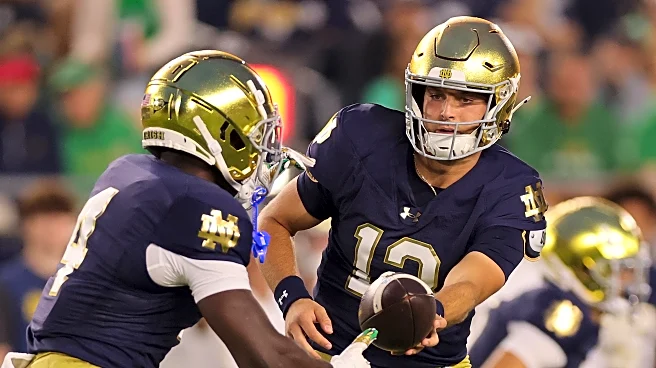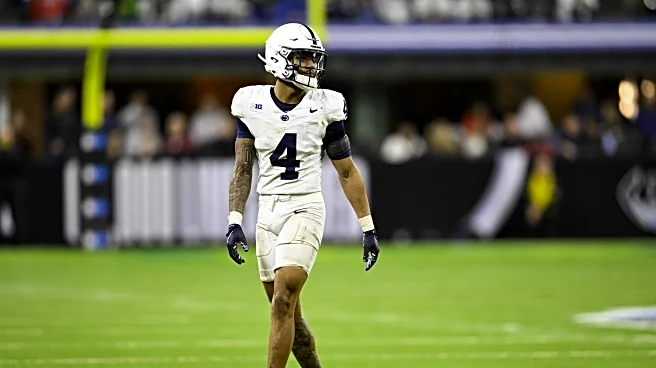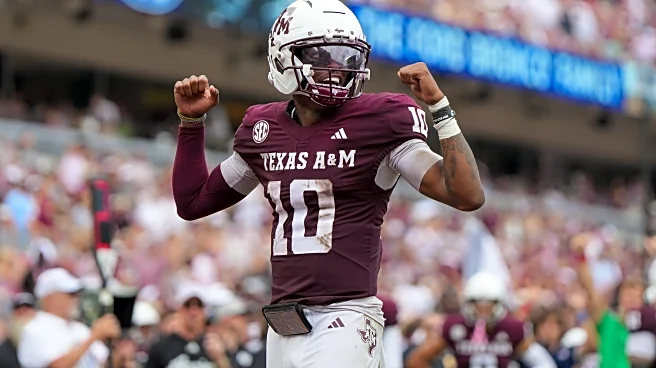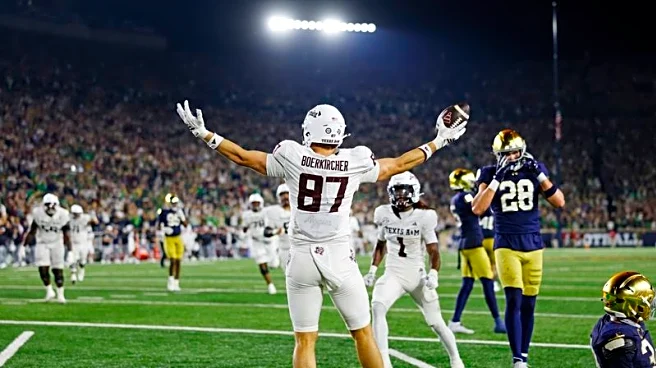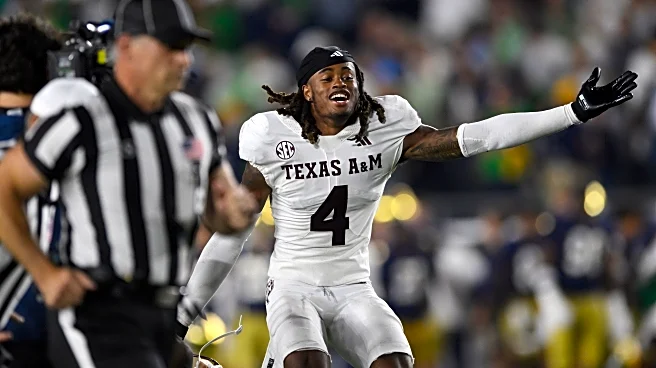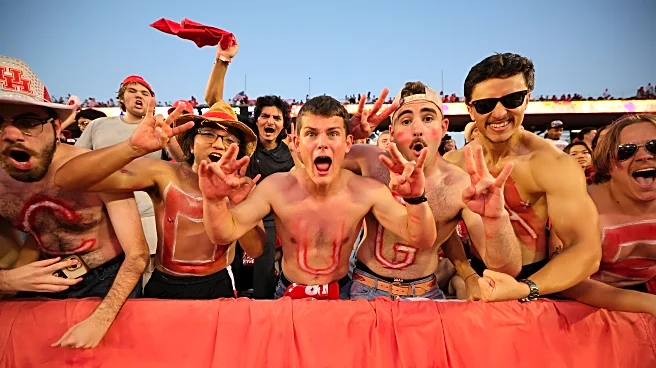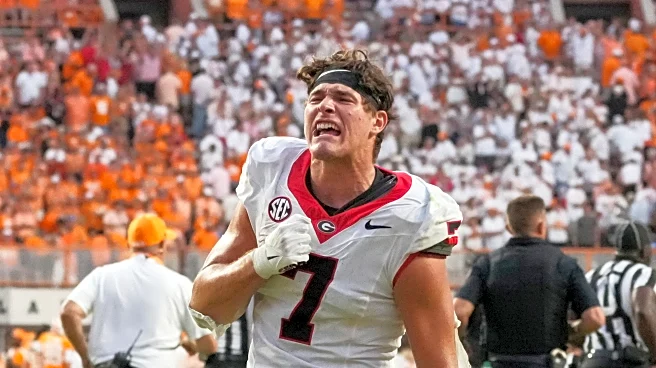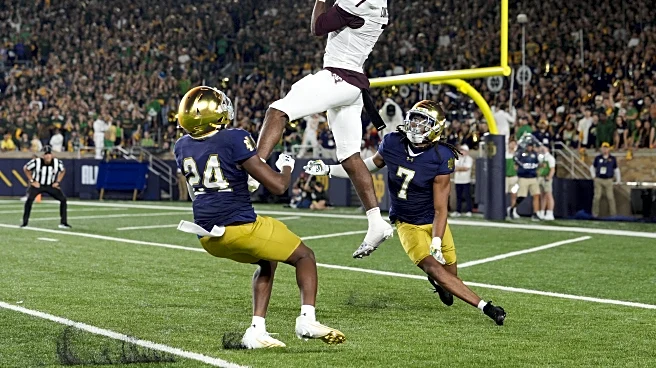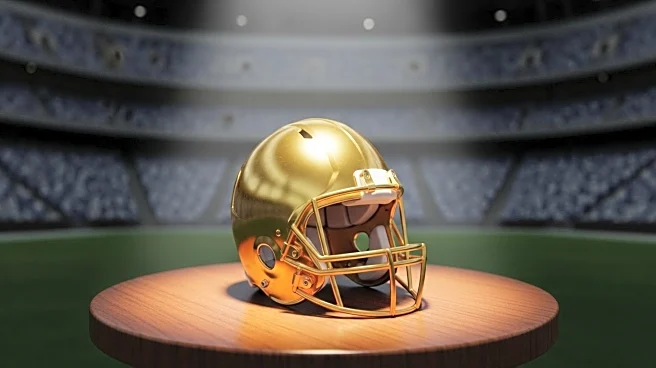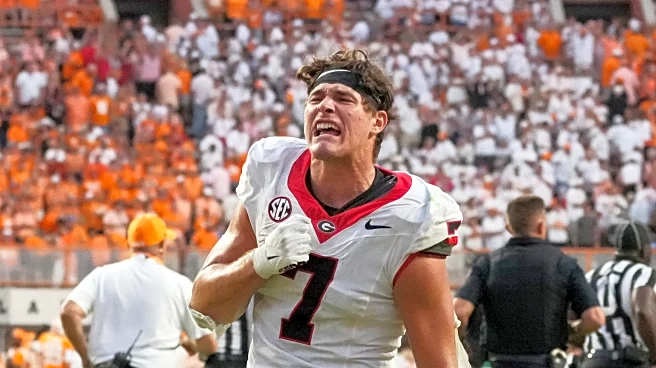Jim Mora Energy
Another week meant another close loss for Notre Dame football in 2025 – this time against a fast and physical, but also flawed and beatable, Texas A&M football team at home. A lot of talk in the national media has centered on what this loss means for Notre Dame’s ambition to make the College Football Playoff, with some fans and believers still hopeful in spite of most being ready to write the Irish off. While this is understandable (Ohio State finished the 2024 regular season 10-2, made the playoffs
as an at-large selection and won the national championship), I can’t help but respond like so:
This is not to say I don’t think Notre Dame could go 10-2, or that a 10-2 Irish team wouldn’t make the playoff – only that we seem to be putting quite a few carts before this particular horse if we are talking about this team going 10-2 when it’s September 14th and they still haven’t won a game. I would hope Marcus Freeman and co. are setting their sights on correcting that issue first and foremost. There are many, many things Notre Dame fans can point to as reasons the Irish lost last night, but let’s take a few that shouldn’t be used off the table:
- Yes, the targeting call that took Adon Shuler out of the game and gifted A&M three points was egregious. Yes, Donovan Hinish was clearly held on the winning touchdown for the Aggies in a way that significantly affected the play and should have been flagged. But no, Notre Dame fans cannot blame the officials for this loss. A&M was penalized 13 times for 86 yards, including several on their final drive. One of those calls cost them a touchdown. Eventually, you can’t count on every call to be made in your favor and you need to win in spite of bad ones.
- Yes, there was a large and vocal Aggie presence at the stadium and it is understandable for Notre Dame fans to be annoyed with their brethren who sold tickets to A&M fans; but no, this did not tilt the game in the their favor and Notre Dame did still retain an advantage in noise and energy for much of the night, which would have only been enhanced had the Irish held and built on their early lead.
- Yes, Tyler Buchner’s error on the final PAT attempt for Notre Dame was a gut-wrenching ironic twist that gave the Aggies the chance to win on their final possession rather than tie – but for the love of God, no, Notre Dame fans should not blame Buchner for this loss, even if NBC did brutally give him the Parker Jones treatment on the sideline. I didn’t see Buchner on the field when the Irish defense let A&M sashay into the red zone. I didn’t see him drop a game-ending interception in the final seconds or squander not one, but two 3rd or 4th and long situations with the game on the line. No one should be crying over one point when the other team put 41 on the board.
With these aside, let’s get into the real factors that drove the outcome of this game – and why.
No Pressure
Much is being made about the performances of Marcel Reed and the Aggie receivers in this game, and let me be clear: they deserve all of that credit. The speed of Mario Craver in particular was devastating as he found cavernous openings in the Irish secondary. We can and should criticize the performance of Notre Dame’s defensive backs for this, but my belief is the root cause of this was the lack of pressure on Reed coming from the Irish pass rush. Look at a long pass play completed by the Aggies in this game (there were many) and in all likelihood you will see a pocket so clean, Lucille Bluth would eat out of it.

Part of this was no doubt due to the mobility of Reed, which limited the aggression with which Notre Dame’s defensive ends and linebackers could pursue him. But another critical component was the lack of disruption from Notre Dame’s interior line, which could have forced Reed out of the pocket and into the arms of those defenders, or at least into throwing situations more likely to make a mistake or an incompletion. Whatever the cause, when you are not generating any pressure on the quarterback it doesn’t matter if your secondary is the best in the country. A receiving corps as fast and talented as A&M’s will find openings and a quarterback with Reed’s arm will hit them. Whether it’s personnel adjustments (my friends and I noticed that Gabriel Rubio and Jared Dawson seemed to be doing a better job creating problems for Reed than Donovan Hinish or Jason Onye) or a change in tactics, this has to change or any team with decent weapons in the passing game will be able to score on the Irish.
The Backs Arrive – But Need Help
These two games have made us question a lot of assumptions we had about this team in the preseason, but one position group that absolutely did deliver on its potential were the Irish running backs. Mike Denbrock clearly took to heart the lessons of the Miami game in making his two star running backs the center of his offense, and did so to great effect. Given space and with the offense built around them, both Jeremiyah Love and Jadarian Price made spectacular plays throughout the night and provided more than enough juice to keep the Irish on top for most of this game.

That said, I’m going to pick some nits here. It feels weird to criticize an offensive performance that delivered 40 points, but despite the overall output it still felt like the Irish left a lot on the table by not always being in sync. There were plays where this offense simply looked off – bizarre miscommunications, missed blocks that left runners or passers hanging out to dry, the strange use of the Wildcat formation (I don’t know what the point is if you’re not going to show any look other than the running back running the ball) – that simply can’t happen in a game where every point ended up being needed. So while this was a markedly improved performance, it still feels like this team is capable of much more. I don’t know whether it was the strange Week 2 bye or simply issues getting personnel to gel, but it’s well past time for these kinds of mistakes to be ironed out so we can see this offense really hum.
Losing the Middle Eight
Speaking of those miscommunications, let’s talk about how this game continues a growing trend of Notre Dame failing to live up to one of Marcus Freeman’s core strategic tenets: the importance of winning the “middle eight” or the last four minutes of the second quarter and the first four of the third. Best exemplified during Notre Dame’s playoff run last year, this strategy saw the Irish perfectly execute on both sides of the ball in those middle minutes and put themselves in great positions to win – see what happened before and after halftime against Georgia as the prime example. The success of this strategy was praised as innovative and even masterful on Freeman’s part, as the Irish always seemed to find a way to put themselves in the driver’s seat by the middle of the third quarter. But going back to last year’s championship game, we have now seen three consecutive games in which Notre Dame failed to execute this strategy.

Back in January, the middle eight saw Ohio State’s lead balloon from 14-7 to 31-7. In Miami, there was CJ Daniels’ insane touchdown catch followed by a lengthy touchdown march to open the second half that turned a 7-7 tie into a 21-7 affair tilted heavily in the Canes’ favor.
Last night looked promising – the middle eight began with the Irish holding the ball with a 24-21 lead, receiving the ball to start the second half. This is perfect positioning to win the middle eight: score and use up the clock, go into halftime with the lead, then get the ball back and score again. All of a sudden you’ve got yourself a three-possession lead at home in the second half – a scenario where you win 99 times out of 100. That’s how you’d like it to go – here’s how it actually played out:
- CJ Carr interception, a pointlessly forced short throw on a play where my 99-year-old grandmother could have tucked the ball and run for six yards (she’s spry).
- A&M drives a short field, scores a touchdown to take a 28-24 lead
- Irish drive into Aggie territory before a delay caused by a terrifying injury to Bryce Anderson.
- Play resumes and the Irish gain 5 yards before Carr is sacked out of field goal range. The Irish line up to attempt a hail Mary but – this sequence is difficult to describe – Carr, frustrated for reasons that remain unclear, claps his hands, which his mistaken for a cue to snap the ball. Fortunately an alert Jeremiyah Love falls on it and keeps the Aggies from advancing it, and a subsequent field goal attempt misses. I don’t want to rag on CJ, who made a lot of great plays in this game, but in this moment you could see see where some of the comparisons to a young Jimmy Clausen came from. In any case, the Irish miss a golden opportunity to get at least three points (could have used those!)
- HALFTIME
- Irish get the ball and a get big 1st down on a 27-yard connect between Carr and Malachi Fields. Notre Dame then loses three yards on a run before Carr throws a screen pass to…no one in particular, as his intended target (Fields) is attempting to block. Not sure whose error this was (likely Fields) but regardless, Carr’s third intentional grounding penalty of the season (!!!) is assessed, drive over.
- Fortunately, the Irish get a stop here to keep A&M from stretching the lead, and get the ball back around the 10:30 mark.
From that point on, the Irish would actually outscore the Aggies, but you can see how the bizarre miscues and poor fundamental play in these key minutes took a game the Irish looked poised to win – having led throughout, at times by two possessions, and with a great opportunity to stretch that lead – and turned it into a Rocky II-esque standing slugfest the rest of the way. All the credit in the world to an A&M team that fought back ferociously and found counters to Notre Dame’s huge early haymakers, but this was still a game where the Irish could and should have taken control and put them away.
The good news is that unlike after Miami, the Irish have a chance to get back on track next week at home against Purdue – let’s hope they take it.
